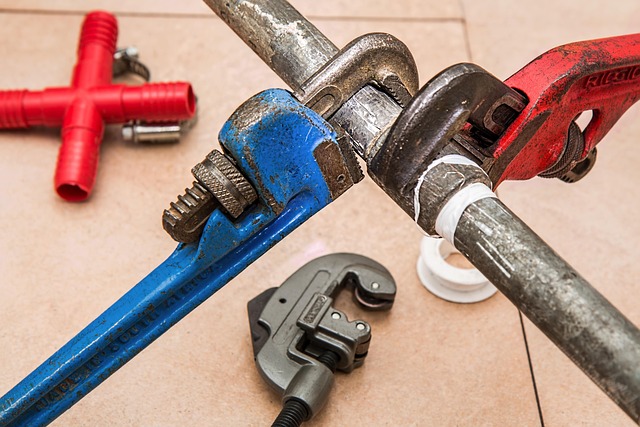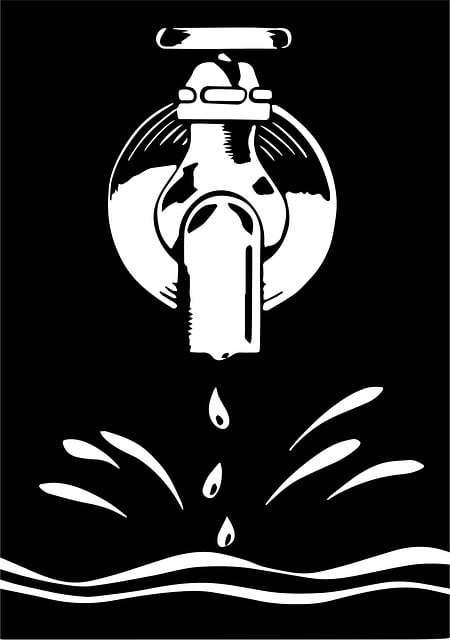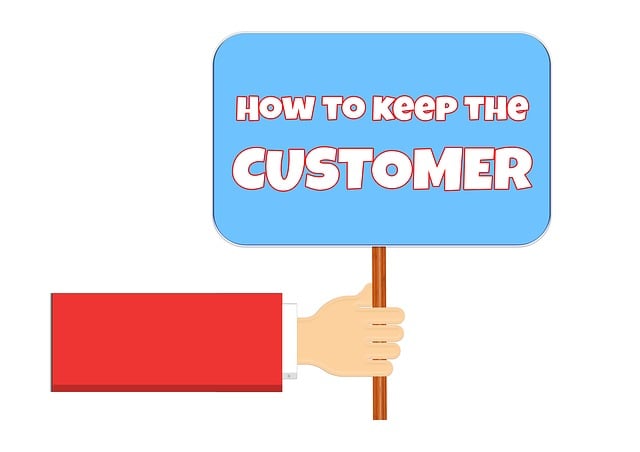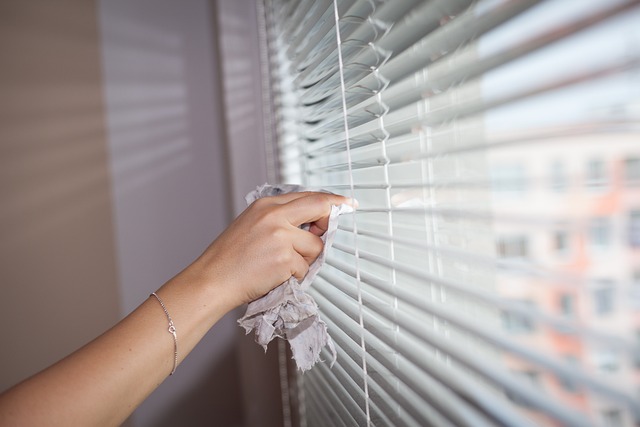Unexpected plumbing emergencies can disrupt home life. To minimize damage and streamline resolution, homeowners should understand common issues like burst pipes or water pressure problems, proactively prepare by shutting off main supply, documenting problems, and gathering tools. Keep emergency contact info handy for swift response from skilled plumbers who will diagnose, repair, and ensure aftercare instructions for effective emergency plumbing services.
Before a plumber arrives, preparation is key during emergency plumbing situations. This guide offers essential steps to ensure you’re ready. From identifying potential red flags like burst pipes or water damage to gathering important information for the technician, these measures enhance efficiency and minimize stress. Understanding common causes of emergencies and having basic tools on hand can also streamline the process. Learn how to effectively communicate with plumbers, anticipate service duration, and post-work checks to ensure your home is back in working order.
- Understanding Emergency Plumbing Situations
- Preparing for the Plumber's Arrival
- What to Expect During and After Emergency Plumbing Services
Understanding Emergency Plumbing Situations

In many homes, emergency plumbing situations can arise unexpectedly, causing significant disruptions and stress. Understanding what constitutes an emergency is the first step in being prepared. Emergency plumbing services typically involve issues like burst pipes, flooding, or sudden water pressure problems that require immediate attention to prevent further damage. These situations can be caused by a range of factors, from natural disasters and extreme weather events to faulty fixtures or aging plumbing systems.
Knowing what to look out for and taking proactive measures before the plumber arrives is crucial. This includes shutting off the main water supply valve to contain any leaks or flooding, documenting the issue with photos or videos for insurance purposes, and gathering essential tools like buckets, towels, and a basic toolkit. By being prepared and understanding the nature of emergency plumbing situations, homeowners can mitigate potential damage and ensure a smoother process when professional help arrives.
Preparing for the Plumber's Arrival

When facing an emergency plumbing situation, preparing for the plumber’s arrival is crucial. Before they get there, turn off the main water supply to prevent further damage and minimize water waste. Gather essential tools like buckets, towels, and any supplies that might be needed to contain any leaks or blockages. Have a clear understanding of where your shut-off valves are located – this includes those for individual fixtures as well as the main line. Additionally, prepare by documenting any pre-existing plumbing issues, taking photos if possible, to help the plumber assess and resolve the problem more efficiently.
To ensure a smoother process, keep emergency contact information handy, including that of reliable plumbing service providers. Have these numbers programmed into your phone or written down in an easily accessible place. Also, prepare by clearing a path to the affected area for the plumber’s convenience, ensuring they have adequate space to work and access all necessary equipment. By taking these proactive steps, you’ll be better equipped to handle the situation and reduce any potential disruptions caused by an emergency plumbing incident.
What to Expect During and After Emergency Plumbing Services

When you call for emergency plumbing services, expect a swift response from reputable plumbers who are trained to handle urgent issues efficiently. During the initial contact, communicate the problem clearly and provide all relevant details. They may ask questions about the nature of the issue, any recent changes in your plumbing system, and when the problem started. After agreeing on a suitable time for their arrival, wait for their prompt arrival at your location.
Upon arrival, the plumber will conduct a thorough inspection to diagnose the problem accurately. This could involve checking for leaks, assessing water pressure, examining pipes, and testing fixtures. They’ll then discuss potential solutions with you, explaining each option’s cost, duration, and effectiveness. After obtaining your approval, they’ll proceed with the necessary repairs or installations. Post-service, ensure you understand any aftercare instructions, warranty details, and the scope of future maintenance required to prevent similar emergencies.
When faced with an emergency plumbing situation, being prepared can make all the difference. By understanding common issues, keeping essential supplies handy, and knowing what to expect from professional emergency plumbing services, you can minimize disruptions and stress. Remember, quick action and a calm mindset are key when dealing with plumbing emergencies.
